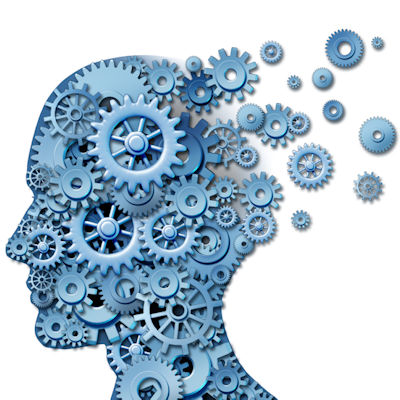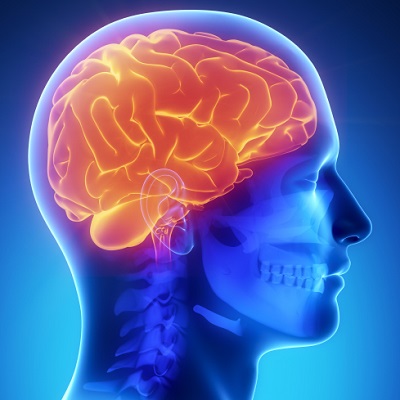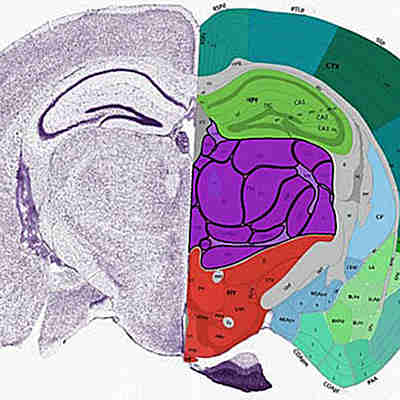August 9, 2022 -- Cedars-Sinai Medical Center researchers used artificial intelligence (AI) to create what they contend are the most realistic and complex computer models of individual brain cells to date, enabling biological experiments not currently possible in the laboratory.
Writing in an August 9 article in the journal Cell Reports, the scientists make the case that their computer models are the first to combine data sets from different types of lab experiments, providing a complete picture of the electrical, genetic, and biological activity of single neurons.
To create the models, researchers used two different sets of data on the mouse primary visual cortex, the area of the brain that processes information coming from the eyes. The first dataset presented complete genetic pictures of tens of thousands of single cells, while the second linked the electrical responses and physical characteristics of 230 cells from the same brain region.
"We introduce a computational optimization workflow to generate 9,200 single-neuron models with active conductances. These models are based on 230 in vitro electrophysiological experiments followed by morphological reconstruction from the mouse visual cortex. We show that, in contrast to current belief, the generated models are robust representations of individual experiments and cortical cell types as defined via cellular electrophysiology or transcriptomics," the study's authors state.
The models can be used to test theories that would require dozens of experiments in the lab, according to Costas Anastassiou, PhD, the study's senior author and a research scientist in the department of neurosurgery at Cedars-Sinai.
"Imagine that you wanted to investigate how 50 different genes affect a cell's biological processes," Anastassiou said in a statement. "You would need to create a separate experiment to 'knock out' each gene and see what happens. With our computational models, we will be able to change the recipes of these gene markers for as many genes as we like and predict what will happen."
Copyright © 2022 scienceboard.net









